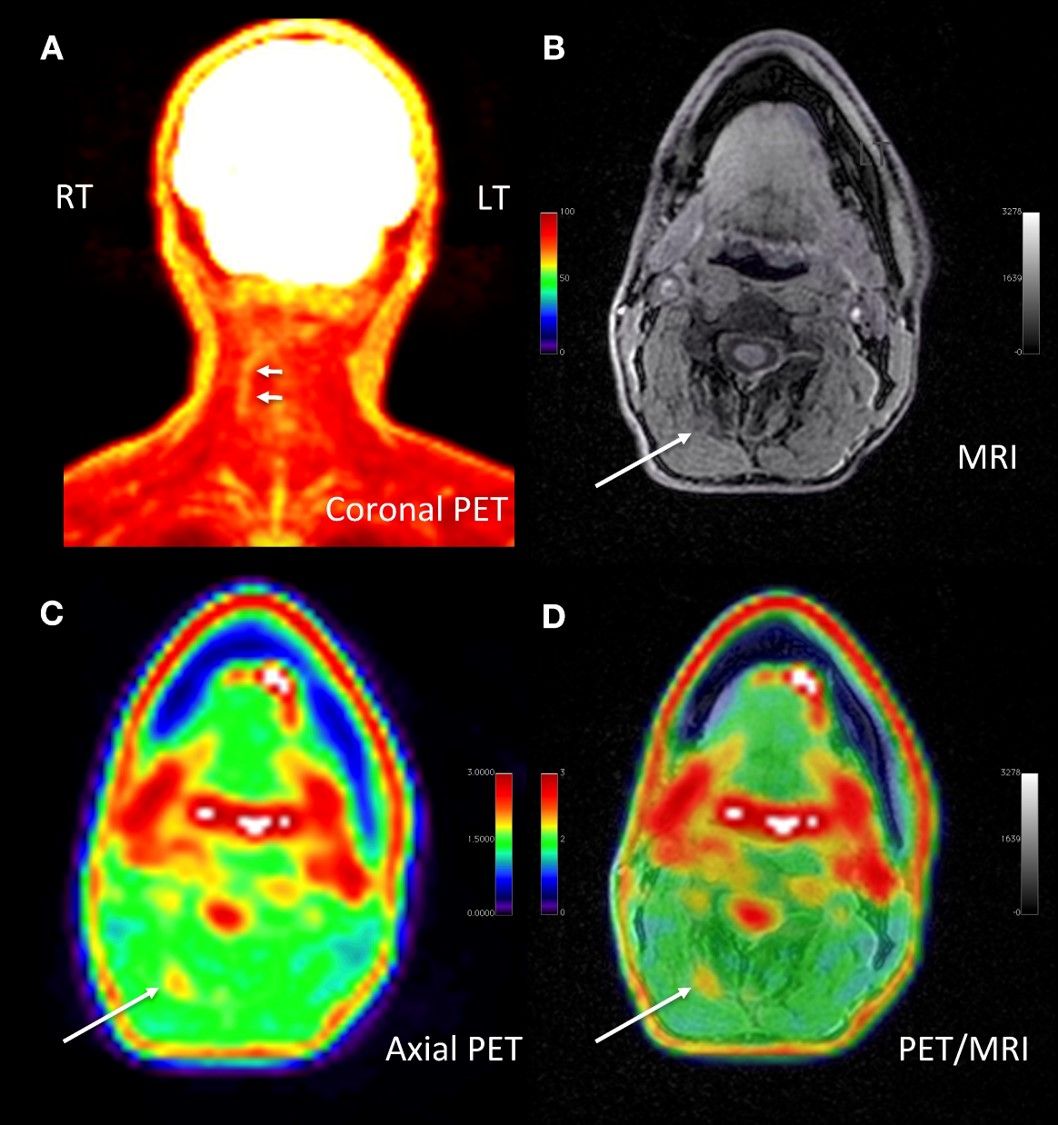PET/MRI Can Specifically Pinpoint Chronic Pain Source
18F-FDG PET/MRI can identify pain generator locations, leading to changes in pain management.
A new approach to using 18F-FDG PET/MRI can reveal where discomfort is coming from in patients who have chronic pain, potentially changing their treatment plans, new research has found.
In a presentation at the Society of Nuclear Medicine and Molecular Imaging 2020 annual meeting, researchers from Stanford University School of Medicine discussed the results of their investigation, highlighting the clinical implications for being able to address chronic pain, a condition that affects nearly 50 million adults nationwide and contributes to $635 billion in healthcare expenses, including imaging and treatment costs.
“In the past few decades, we have confirmed that anatomic-based imaging approaches, such as conventional MRI, are unhelpful in identifying chronic pain generators,” said Sandip Biswal, M.D., musculoskeletal radiologist and associate professor of radiology at Stanford University School of Medicine.
18F-FDG PET is known to accurately evaluate the rise in glucose metabolism that comes from acute or chronic pain generators, he said. Consequently, his team looked at PET/MRI as a possible solution for determining the precise molecular basis for a patient’s pain.
To make this determination, his team conducted head-to-foot 18F-FDG PET/MRI scans on 65 patients with chronic pain. They used image analysis software to measure maximum standardized uptake values and target-to-background ratios, and two radiologists examined the images to identify whether an uptick in 18F-FDG uptake occurred at symptoms sites or elsewhere in the body.
Figure: Adult male with decades of right neck pain, discomfort and tightening following birth injury. The patient had failed multiple standard therapeutic maneuvers before presenting for 18F-FDG PET/MR imaging. Images shows abnormally elevated FDG uptake (white arrows; SUVmax = 1.2) observed in a linear pattern in the space in the posterolateral right neck, between the oblique capitis inferior and the semispinalis capitis muscles, where the greater occipital nerve resides. By comparison, the same region on the contralateral, asymptomatic side of the neck has an SUVmax = 0.7. This result encouraged a surgeon to explore the area. The surgeon ultimately found a collection of small arteries wrapped around the nerve in this location. The small arteries underwent lysis by the surgeon and the patient reported tremendous relief of symptoms. (A) Coronal thick slab MIP of 18F-FDG PET. (B) Axial LAVA FLEX MRI through the cervical spine. (C) Axial PET at the same slice as the axial MRI. (D) Fused axial PET/MRI. Credit: Cipriano, et al., Stanford University, CA.

The radiologists discussed their examinations with referring providers to determine if any changes in treatment were needed.
According to the study analysis, 58 out of 65 patients experienced an increased uptake of 18F-FDG in the nerves and muscles that patients pointed to as pain sites. As a result, 16 patients received mild recommended changes to their management plan, including adding another diagnostic test. However, 36 patients had significant recommended changes, such as the ordering of new invasive procedures. All total, 40 patients received new treatment plans that referring providers had not anticipated.
Overall, Biswal said, these results show that it is possible to secure better outcomes for patients who live with chronic pain. Maximizing the potential, though, could require collaboration between several areas of radiology.
“The clinical molecular imaging approach is addressing a tremendous unmet clinical need, and I am hopeful that this work will lay the groundwork for the birth of a new sub-specialty in nuclear medicine and radiology,” he said. “Using this approach will require knowledge and expertise not only in nuclear medicine, but also in musculoskeletal imaging, neuroradiology and potentially other fields, such as body imaging and pediatric radiology, where pain syndromes are important clinical problems.”
Study: Monitoring of Prostate MRI Exams Could Lead to 75 Percent Reduction of Gadolinium Contrast
March 17th 2025While DCE MRI was deemed helpful in over 67 percent of cases in which it was used, researchers found that monitored prostate MRI exams, which facilitated a 75 percent reduction of DCE MRI sequences, had comparable sensitivity for prostate cancer as non-monitored exams.